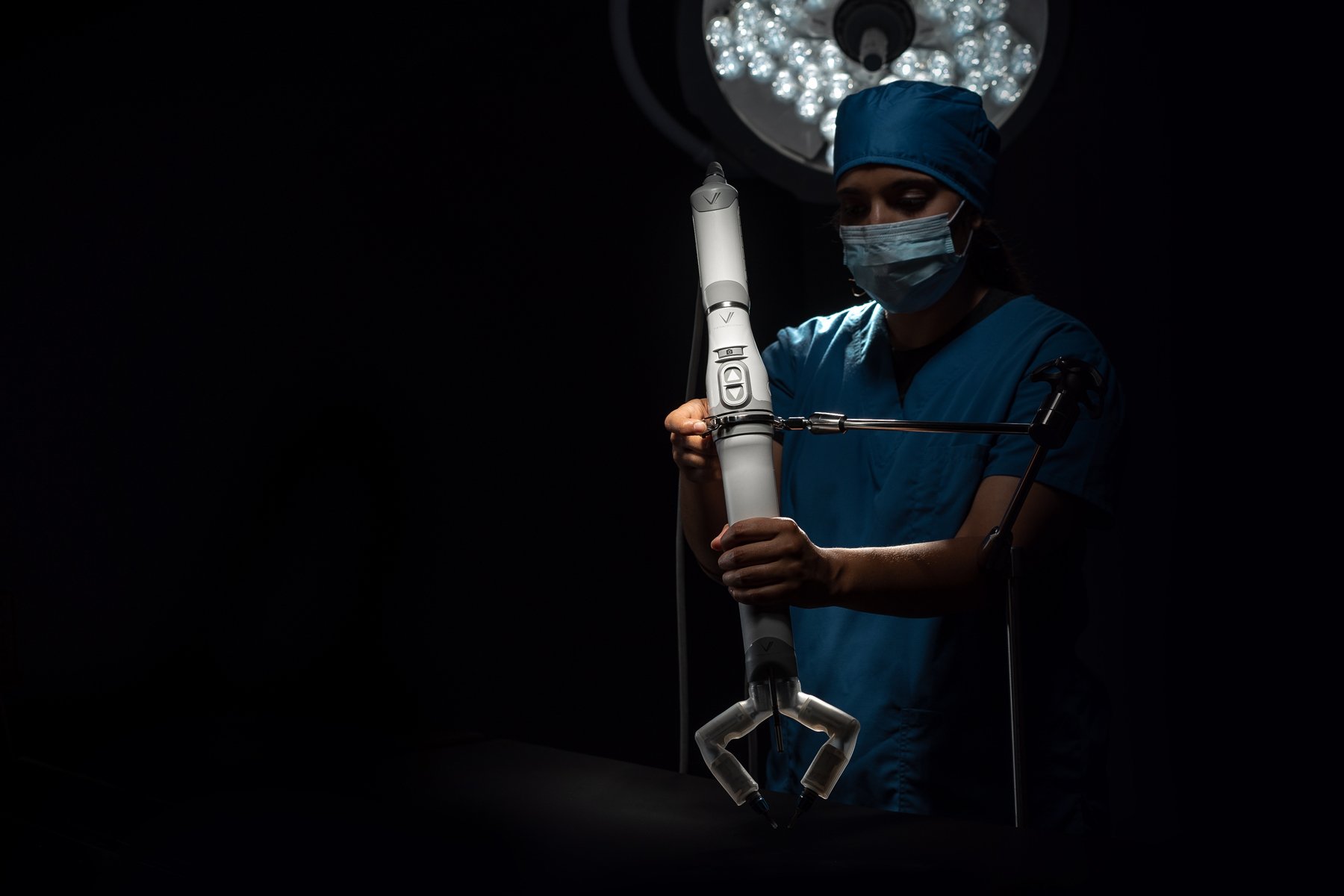Tumor Microenvironment‐responsive Nanocatalyst for Targeted Chemodynamic Cancer Therapy
Advanced Healthcare Materials, EarlyView.

An Tumor microenvironment-responsive nanocatalyst system composed of PLGA-encapsulated Ca–Fe peroxide and polyarginine enables sustainable Fenton reaction in tumors. Low levels of H2O2 (50–100 µm) initiate the nanoparticle degradation, while polyarginine-derived nitric oxide accelerates Fe3+ reduction, leading to self-amplifying •OH generation for enhanced chemodynamic cancer therapy.
Abstract
To address the challenges of insufficient hydrogen peroxide (H2O2) levels, rapid Fe3+ precipitation, and a slow Fenton reaction cycle, tumor-activated, self-accelerating CDT nanocatalysts are synthesized, comprising poly (lactic-co-glycolic acid) (PLGA)-encapsulated Ca-Fe peroxide clusters and polyarginine (R). Nanocatalysts are camouflaged with cancer cell membranes (CCM) to enhance tumor targeting. Additionally, polyarginine tailored the PLGA responsiveness to low H2O2 levels (50–100 µm). H2O2 triggered the degradation of PLGA, releasing CaFe clusters to produce Fe3+/Fe2+ and additional H2O2, sustaining the Fenton reaction. Simultaneously, polyarginine releases nitric oxide (NO) in the presence of H2O2, facilitating Fe3+ reduction to Fe2+ and amplifying •OH generation. In vitro cellular studies demonstrate significantly improved homotypic tumor targeting (6.5-fold increase) and deep spheroid penetration (>120 µm), resulting in improved tumor permeability and elevated •OH generation. Additionally, the nanoparticles exhibit dose-dependent cytotoxicity, and polyarginine notably enhanced the cytotoxicity of CCM-PLGA-CaFe NPs, reducing the IC50 value from 216.9 to 43.38 µg mL−1. Apoptosis/necrosis assay reveals that the elevated •OH generation by CCM-PLGA-CaFe-R NPs preferentially induced necrosis, effectively inhibiting tumor cell proliferation by 76.3% ± 8.4% over a 7-day treatment. Consequently, this TME-responsive, self-accelerating CDT platform demonstrates enhanced therapeutic efficacy through improved tumor targeting, sustained Fenton reaction, and amplified radical generation.














































































































































